Do you need a clear diagnosis of, and treatment for whiplash and/or a similar neck injury?
REbrain Clinic can help you on your way
“I tried everything in the established system and still had pains all over my body after two traffic accidents. Could not find help for my neck injury.
Struggled with new problems in my stomach and intestines. REbrain has definitely got hold of something with their recommendation for a broad range of treatment and focus on gut health and diet. Now I think about what I eat. I make sure I get my therapy, and at the same time I exercise.”
René, logistics manager, 49
Take your neck injury seriously
Have you been in a traffic accident? Fallen off a horse or bicycle? Fallen over backwards? It is important that you get a medical examination right away.
- Have your symptoms still not improved 4-6 weeks after your accident?
- Continued pain in the neck and back, and a lot of other new symptoms?
Make an appointment with a neurologist. You could possibly have got whiplash or a similar neck injury.
Undiagnosed, untreated neck injuries can develop into the serious chronic syndrome WAD, Whiplash Associated Disorder.
The syndrome includes many subsequent physical (sequelae) disorders. (1a, 1b, 1c, 1c, 1e, 1f).
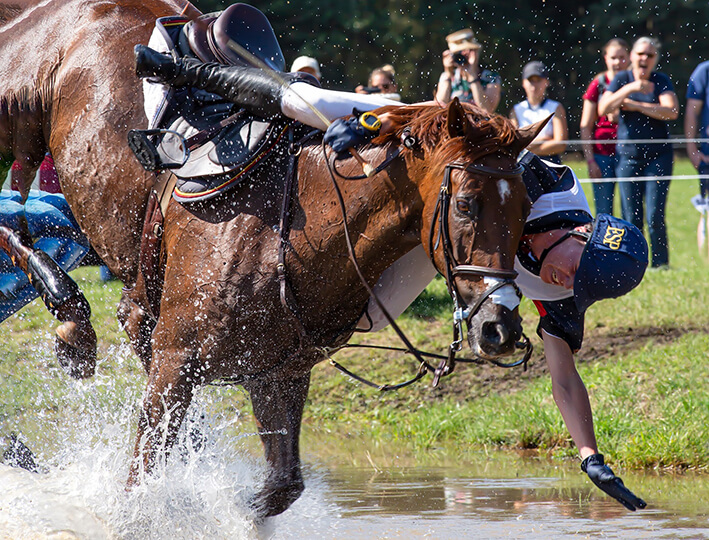
Deal with the injury from the very start
Not much research has been carried out into the long-term effects of neck injuries such as whiplash, but figures indicate that more than 10% do not return to work (2a).
Swedish researchers have measured widespread inflammation in the body after whiplash neck injuries (2b).
A Japanese clinical study showed that 98% of all Japanese develop degenerative changes in the neck 10 years after a whiplash injury (degenerative = degradation) (2c, 2d).
Treatment for the recent whiplash injury
- Locate the injury. Get it diagnosed by a doctor.
- Get the injury treated with manual therapy (chiropractic, physiotherapy and osteopathy). We help you choose.
- Get a doctor to evaluate possible associated disorders.
- Get help from REbrain Clinic on imbalances at the cellular level.
Treatment of whiplash injuries depends on their individual nature. No two injuries are alike. We can help you on your path. We refer you to professional, manual therapists for the physical side of the injury. We help with exercise, diet and lifestyle to correct the imbalances on the cellular level, including in the gut and vagus nerve.
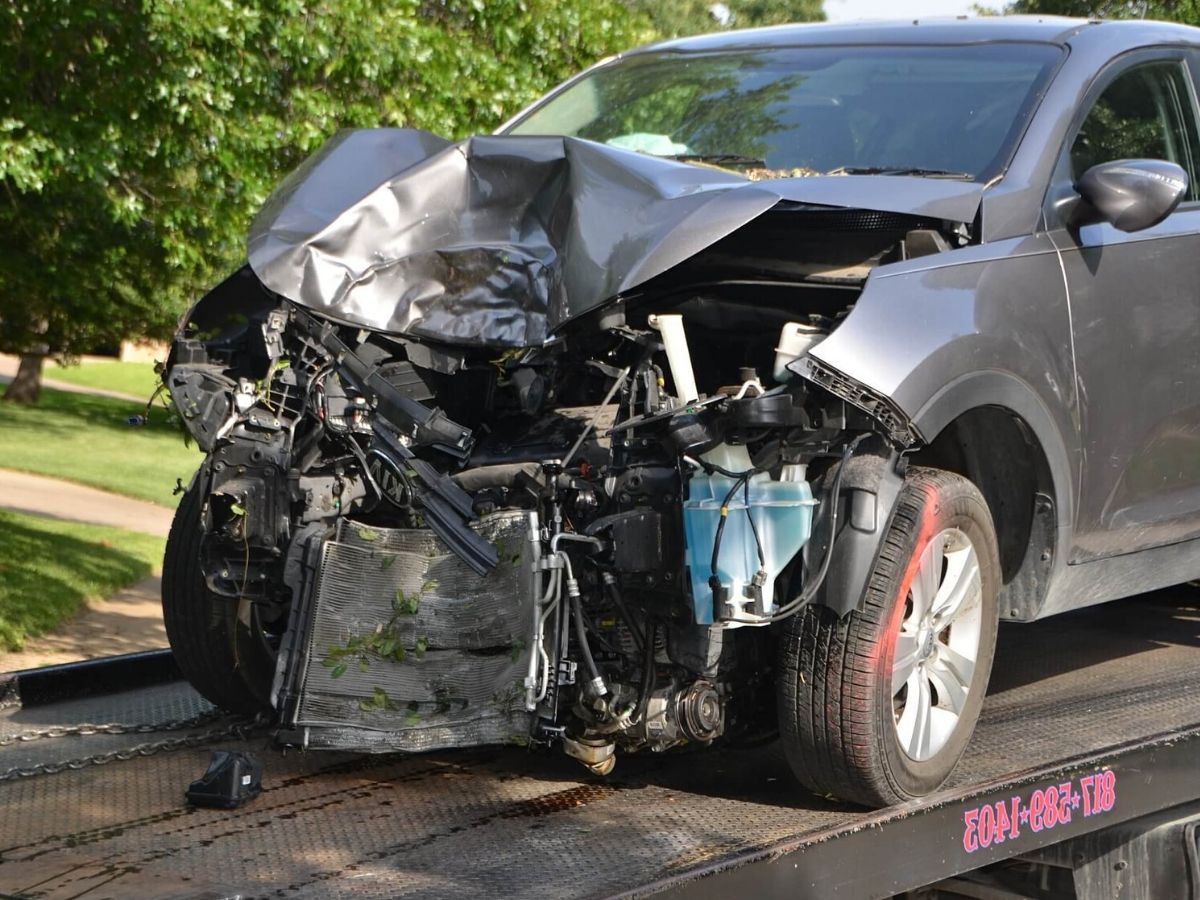
Are you still feeling unwell 4-6 weeks later?
Start by getting to know the symptoms
of WAD,
Whiplash Associated Disorders
Symptoms of chronic whiplash or neck injury
The symptoms you need to look out for are:
- Neck pain, stiffness, heat/redness/swollen neck (4a, 4i)
- Pain in the shoulders, arms (4b)
- Feeling of lack of strength, difficulty holding up your head (4c)
- Headaches (4d1) – other centralized pain (4d2)
- Migraine attacks (4d3)
- Jaw problems, crunching sounds (4e)
- Difficulty swallowing (4f1, 4f2)
- Tingling, pins and needles in the hands and arms, feeling sometimes that they are going to sleep (4g)
- Pain in the body, especially in the trapezius muscle at the top of the back (4h)
- Pain in the middle of the back and lower back pain (4i)
- Dizziness, foggy feeling (4j)
- Fatigue (4k)
- Problems with coordination and movement (4l)
- Nausea (4m)
- Visual disturbance, photosensitivity (4n)
- Getting tired quickly, problems reading and with screen work (4m, 4n)
- Ringing in the ears/tinnitus, heightened sense of hearing (4o)
- Altered temperature sensitivity, other senses sharpened (taste perception) (4p1, 4p2)
- Reduced pain threshold/general condition of pain (4q)
- Sleep problems (4r)
- Cognitive problems, concentration, memory, learning (4s)
- Aggression (4t2), depression (4t3), PTSD symptoms (4t4)
- Rapid breathing (4u)
- Sudden onset of hormonal disorders (4v)
- Stomach acid production(abnormal) (4x)
- Intestinal Problems (4y)
Several symptoms may have been there from the start. But keep an eye on whether they improve, stay the same or get worse. If you recognize many of these items from the list, you might have “Whiplash Associated Disorders” (4z). WAD requires a “broad treatment of whiplash”.

You might have injured both your neck and brain at the same time
Swedish research shows that most people with chronic neck injuries and chronic pain also have symptoms of minor brain damage (6a).
This is because the brain is as soft as butter and has been thrown around inside the skull, even though:
- Even if you’ve been wearing a helmet
- Even if your head was not hit directly in the car crash. Indirect impact is a new concept (6b).
American researchers have also shown that people with weaker necks are hit harder by concussions (6c).

Get your neck examined by a neurologist
If you are in doubt about whether you have suffered mild traumatic brain injury, get a referral to a neurologist and MRI/CT scan through your own doctor.
A neurologist can see visible structural damage which can be used for diagnosis. This is the starting point for getting help, and you will be referred forward in the system, or via the REbrain Clinic.
If the CT/MRI scan gives no visible results, you can get help from REbrain Clinic to visit radiologists with more suitable scanning equipment.
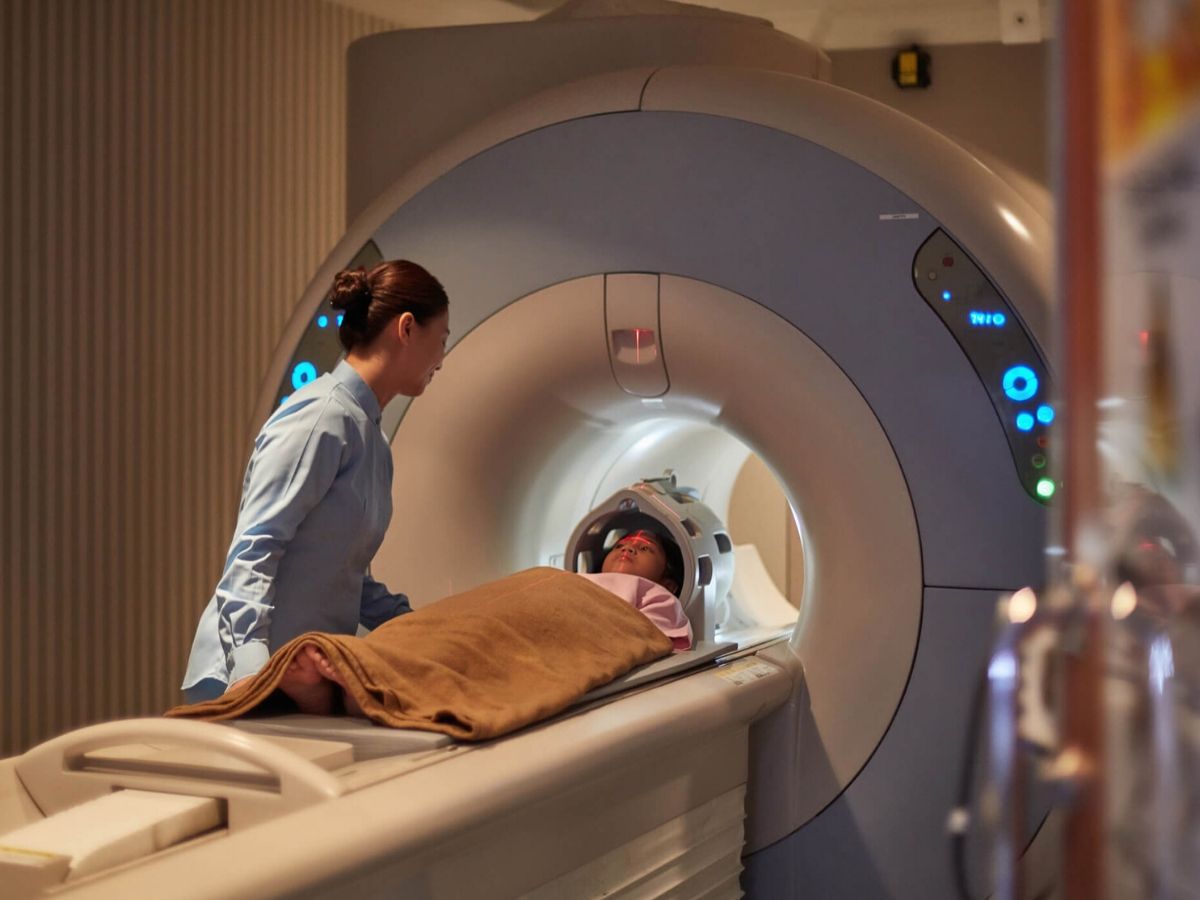
No results at the neurologist’s?
Don’t give up
If the whiplash injury cannot be seen on a CT/MR scan, maybe it’s because they are scanning you horizontally. An upright MRI scan, where the head is carried by the spine and scanned bent forwards or backwards, can detect it.
Unfortunately, injuries that can’t be seen don’t get treated.
One of the world’s best radiologists, British Professor Francis Smith, was keynote speaker at the 100th anniversary of American radiologists. The presentation was about whiplash injuries to the brain stem and his ground-breaking scanning studies, which were published in the journal Brain Injury in 2010 (7a).
We will direct you to these examinations, with discount as a REbrain Clinic client.
Scanning without waiting
Neck injury (physical structural injury):
- Scanning in an upright position with the neck in extreme positions can reveal altered joint positions, which are typical after whiplash injury (8a).
- When a functional scan like this is carried out you get the area around your brain stem examined (8b). Both are performed using upright functional MRI.
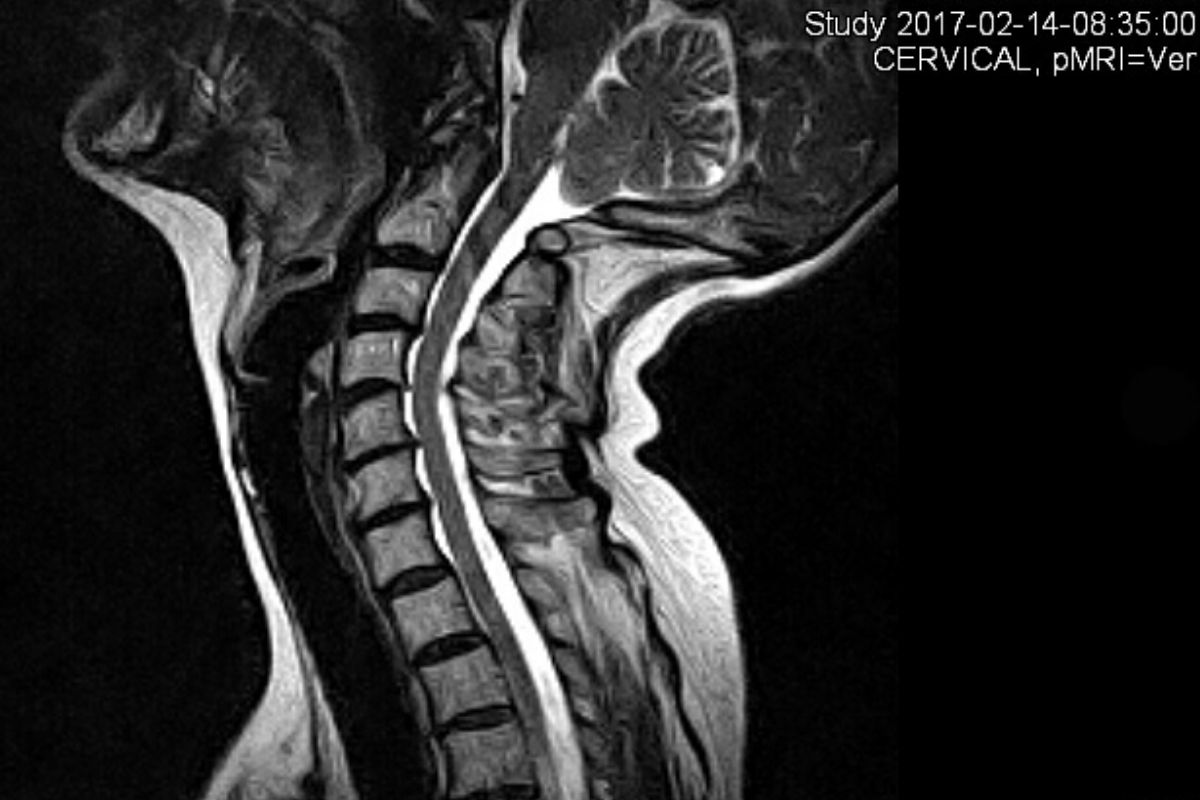
Simultaneous brain injury (9a)
- With an upright functional scan, you also get the brain examined for physical structural damage.
- SPECT scanning can reveal damage of a functional nature due to poor blood flow (9b, 9c).
- A QEEG brain map can detect changes following minor brain damage (9d, 9e) or be the basis for targeted brain training which you will be offered as part of your rehabilitation.
No two neck injuries are never identical. We spend time getting you an overview of all the information that you get from all the specialists.
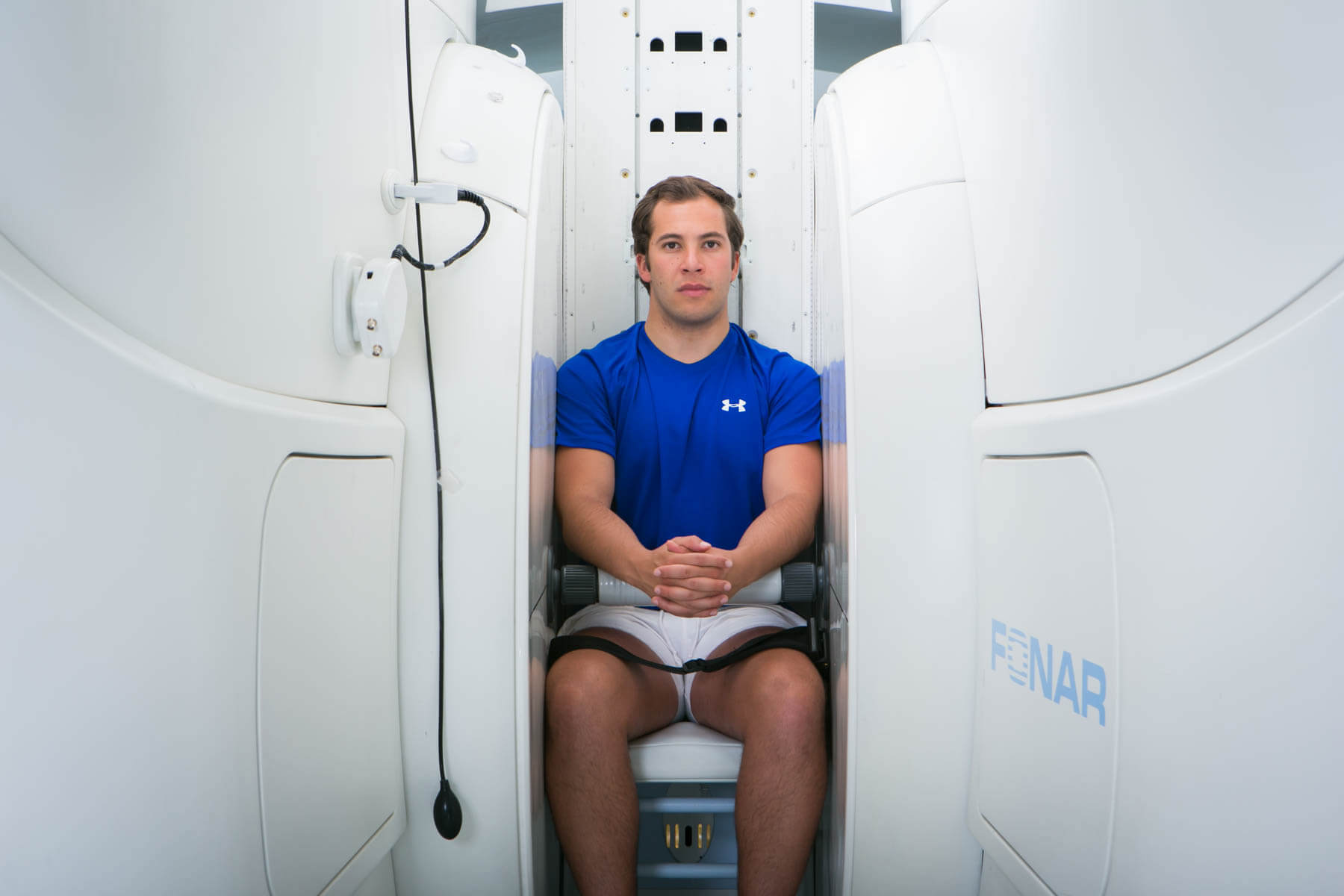
If you have several types of trauma, then you need to get them all sorted out and treated immediately
If you have had both physical and mental trauma at the same time, they both affect the autonomic nervous system which controls all your organs. A mental trauma on top of the physical trauma will, no matter when you got it, increase your risk of developing the serious syndrome “whiplash associated disorder” (10a).
That’s why we recommend physical neck-brain-injuries and mental trauma be treated simultaneously. REbrain Clinic works with leading physicians.
Read more about mental trauma and intensive treatment.
REbrain Clinic offers a new individual and intensive model for rehabilitation.
Read more about the REbrain method.
Examinations and an INTENSIVE individual course can be arranged
We want to get you as far along as possible, and as soon as possible, in the treatment of your whiplash. Come to a first consultation before choosing:
- A re-evaluation with scans abroad (second opinion)… as well as
- A start-up sequence (to feel the effect)… or
- A complete individual course running over 4-5 months